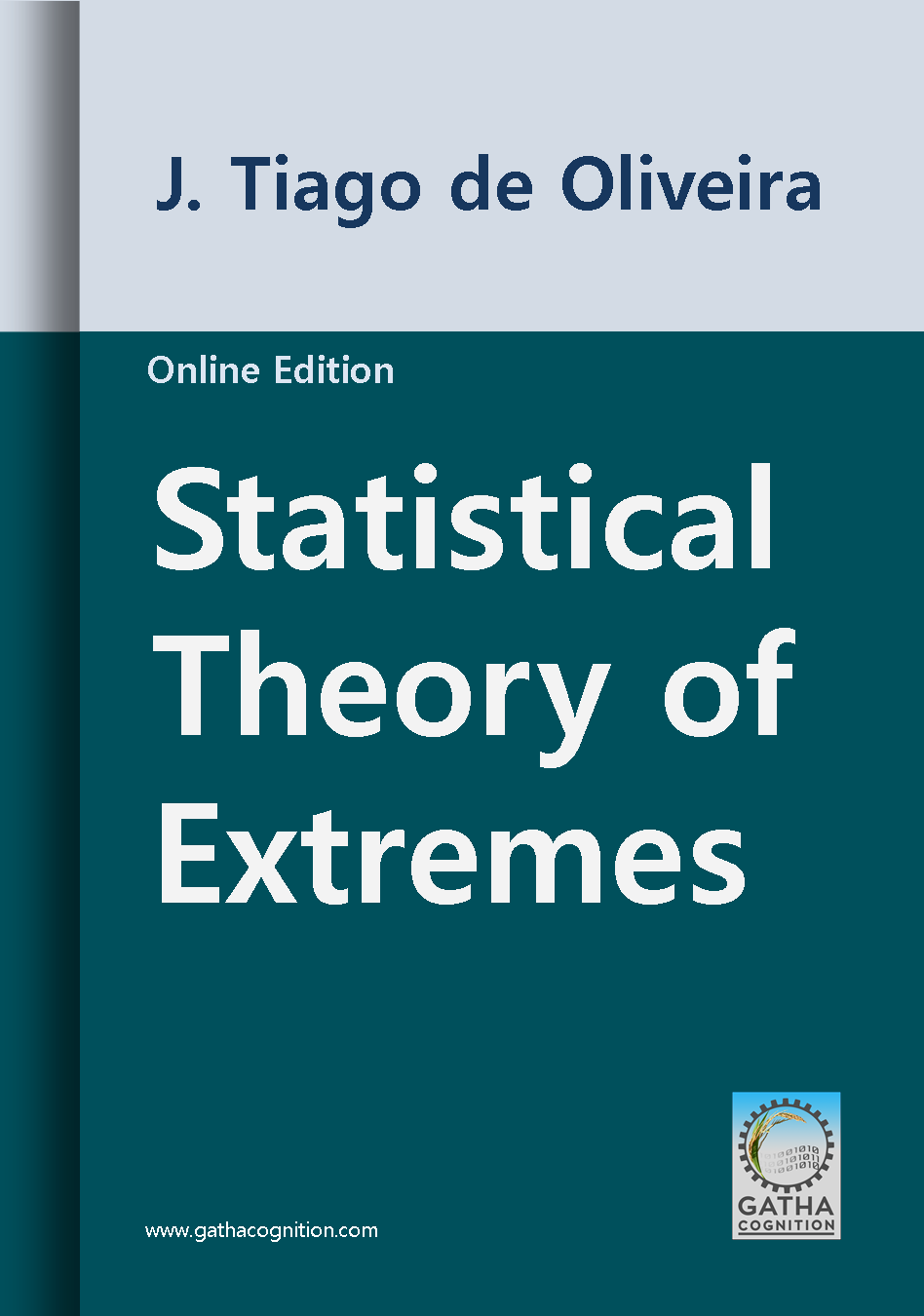1 . Annex 6
Up to now we have discussed some quick estimation, not necessarily optimal, if and when some model was assumed. It may be useful to take a look at the choice of the models, even if we do not use sound procedures, but bearing in mind the theory of regression.
Let us recapitulate some second-order features of sequences of extremes, \(\mathrm{ X_{n}= \lambda + \delta ~Z_{n} }\).We have, where \(\mathrm{ R \left( u \right) =- \int _{0}^{u}\frac{log\,t}{1-t}dt }\),
for extremal sequences : \(\mathrm{ M \left( X_{n} \right) = \lambda + \delta \left( \gamma +log\,n \right) ,V ( X_{n ) }=\frac{ \pi ^{2}}{6} \delta ^{2} }\) and
\(\mathrm{ \rho \left( X_{m},X_{n} \right) =\frac{6}{ \pi ^{2}}R ( \frac{min \left( m,n \right) }{max \left( m,n \right) } ) \left( m,n \geq 1 \right) }\);
for EMS sequences:
\(\mathrm{ M \left( X_{n} \right) = \lambda + \gamma ~ \delta ,V \left( X_{n} \right) =\frac{ \pi ^{2}}{6} \delta ^{2} }\)
and
\(\mathrm{ \rho \left( X_{m},X_{n} \right) =\frac{6}{ \pi ^{2}}R ( \theta ^{ \vert m-n \vert } ) =\frac{6}{ \pi ^{2}}R ( e^{- \varphi \vert m-n \vert } ) , \varphi =-log\, \theta , \left( m,n \geq 1 \right) ,\varphi \geq 0 }\);
for EME sequences:
\(\mathrm{ M \left( X_{n} \right) = \lambda _{0}+ \delta _{0} \left( \gamma + \eta _{n} \right) \left( \eta _{n}=log ( A+ \left( 1-A \right) e^{a_{0}n} \right) ,V \left( X_{n} \right) =\frac{ \pi ^{2}}{6} \delta _{0}^{2} }\)
and
\(\mathrm{ \rho \left( X_{m},X_{n} \right) =\frac{6}{ \pi ^{2}}R ( \frac{1-A+A~e^{-a_{0}min \left( m,n \right) }}{1-A+A~e^{-a_{0}max \left( m,n \right) }} ) , \left( m,n \geq 0 \right) }\) ;
and for sliding sequences:
\(\mathrm{ M \left( X_{n} \right) = \lambda + \left( \gamma +v+ \theta _{n} \right) \delta ~and~V \left( X_{n} \right) =\frac{ \pi ^{2}}{6} \delta ^{2} \left( - \infty<n<+ \infty \right) }\).
We see, thus, that the variances are constant but the mean value varies logarithmically with \(n\) for extreme sequences, is constant in \(n\) for EMS sequences, has the form \(A+log \left( 1+B~e^{a_{0}n} \right) \)for EME sequences, and varies linearly with \(n\) for sliding sequences. Thus a relatively long trajectory can give some hints on the model.
For extremal and EMS processes, the sequences that can be obtained by the use of periodic sampling in the continuous trajectory can give suggestions for the model to be used.





